Matcha industry

Matcha is a stone-ground green tea traditionally used in Japanese tea ceremonies
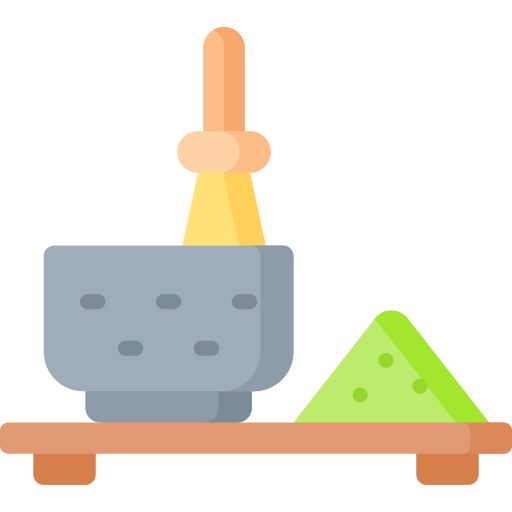
This method of brewing tea is actually an ancient method of brewing tea
Two thousand years ago, tea was brewed in this way in China, and this traditional method of brewing tea was only continued in Japanese tea culture in the form of matcha.


There are three general grades of matcha
Premium high Normal



The method and degree of adherence to the basic standards of matcha manufacturing for each stage strongly affect its quality
Let us not forget, to mention the order of the harvest, if it is the first or the second
To obtain matcha powder, the tea leaf must go through several specific processes

You need to start with good quality green tea
There are 4 types that are usually used to make high-quality mashata:
1- Yabukita 2- Okumidori


3- Samudori 4- Asahi


Most matcha is made from a variety of matcha
Yabukita

The regions (lands) that produce the best green tea in Japan are:
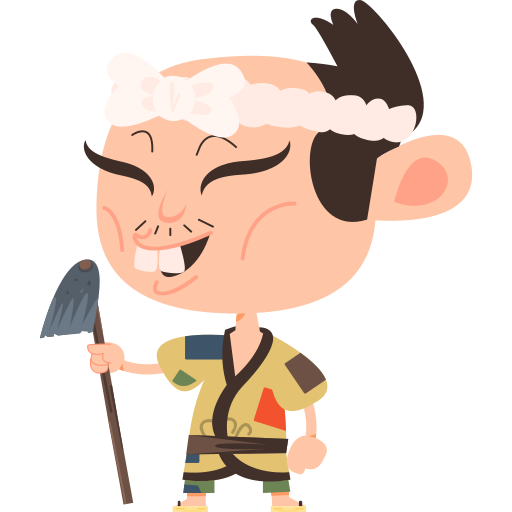
Kyoto Aichi Shizuka



The tea for making matcha is usually picked in early to mid-May
About 15-20 days before picking, the tea plants are shaded from the sun
This causes panic for the plant, which in turn begins to produce high levels of:
chlorophyll

Theanine levels in the leaf also remain high, because when you shade the leaf, theanine does not decompose as quickly into other compounds and protects it from oxidation, which results in the dark green color of the leaf, which in turn has many health benefits.

These leaves are then steamed for 15 to 20 seconds


These moisture-filled leaves are then dried through its own drying oven
So we get dried tea leaves, which are called here:
Aracha

It is stored under appropriate conditions until the time for the next operation is determined
In the next process, the aracha is taken and they remove the stem, central veins, and veins of the leaf, so that you are left with the beautiful, flexible, and fleshy part of the leaf.
This process is repeated several times until we have a product that is as free of impurities as possible
This product is called:
Tensha

After that, the (Tea Master) will come and taste the tencha from different farms, or different fields on the same farm, to get a distinct flavor from the different qualities of the tencha.

Then the (Tea Master) will blend the different tenchas to obtain the desired flavour of the matcha he wants to produce
Once the mixing process is completed and the final mixture is obtained,
the tencha is then ground until it becomes a very light and fine powder, which becomes its name here:
Matcha
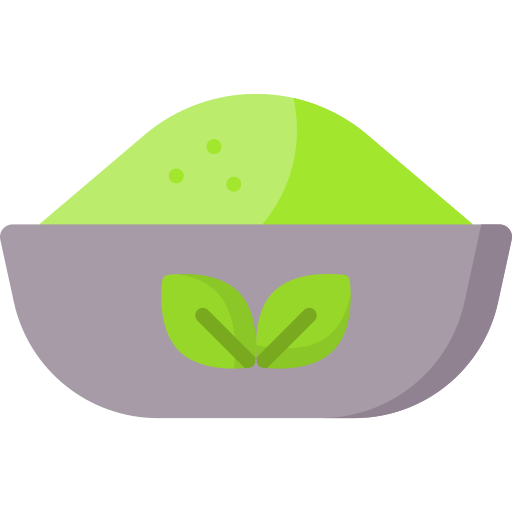
The size of the tea leaves ready to grind is about 10% of the original raw leaves
That is, we lost 90% of its original weight before grinding it into powder
During the grinding process, round stone mills with a central hole are used

The tencha is slowly sent down the slot in the grinder, creating a very fine matcha powder.
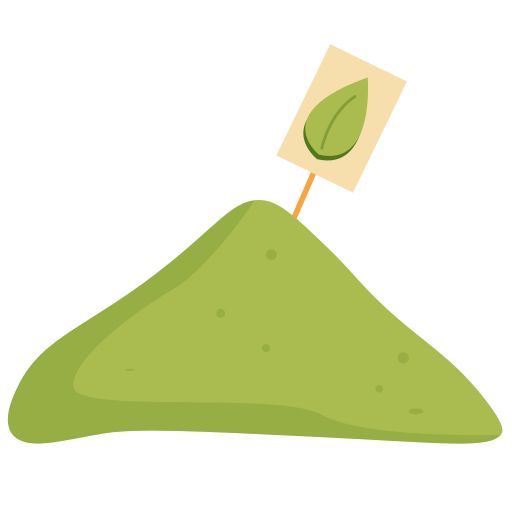
It has to be very fine and the grinding process has to be very slow at a low temperature to ensure you don't denature the nutrients, and it doesn't affect the colour and flavour of the matcha.

Based on this process, it takes about an hour (60 minutes) to make approximately 30-40 grams of matcha.
So if you want to get 1 kilo of luxurious matcha, we will need 25-33 hours.

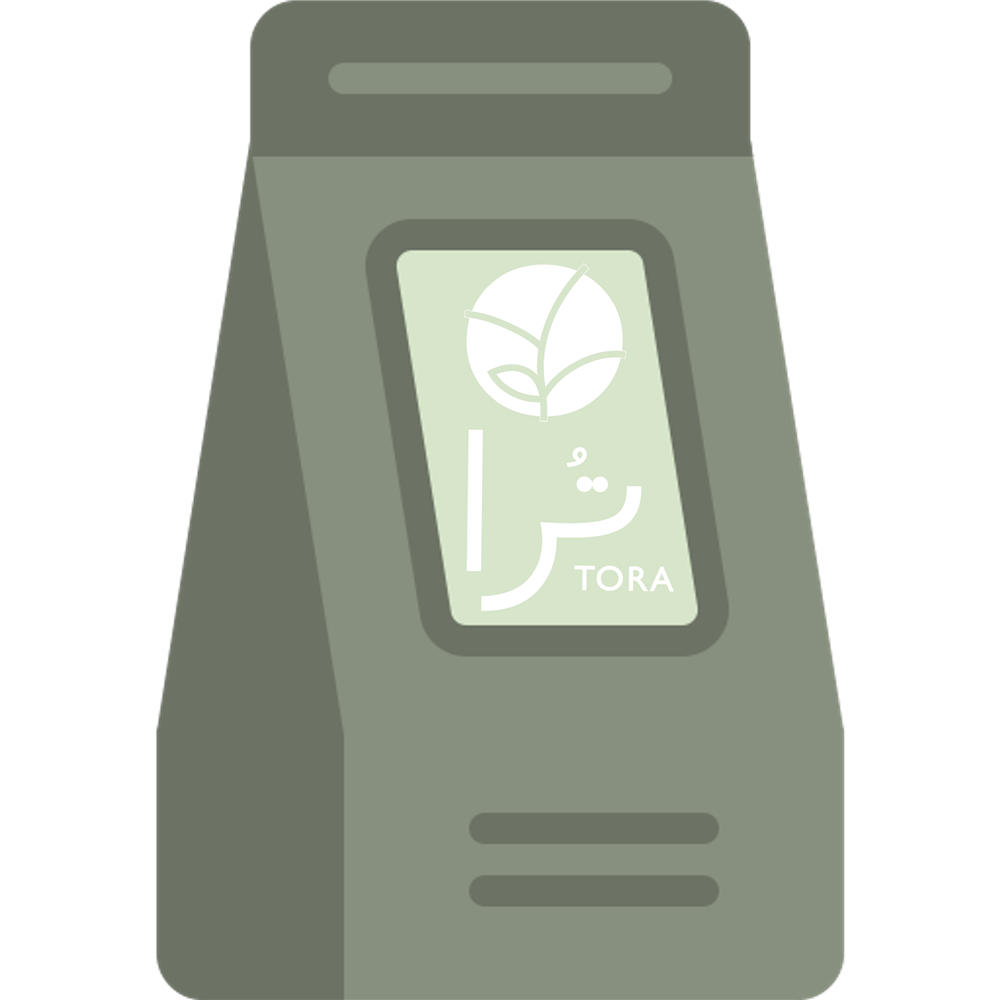
Because of this, its cost is higher compared to regular tea and other drinks
Therefore, it is necessary to buy matcha from a reliable source that is keen to provide you with the best and most luxurious matcha
Such as the Tora brand in the Kingdom of Saudi Arabia
Click here to buy premium matcha
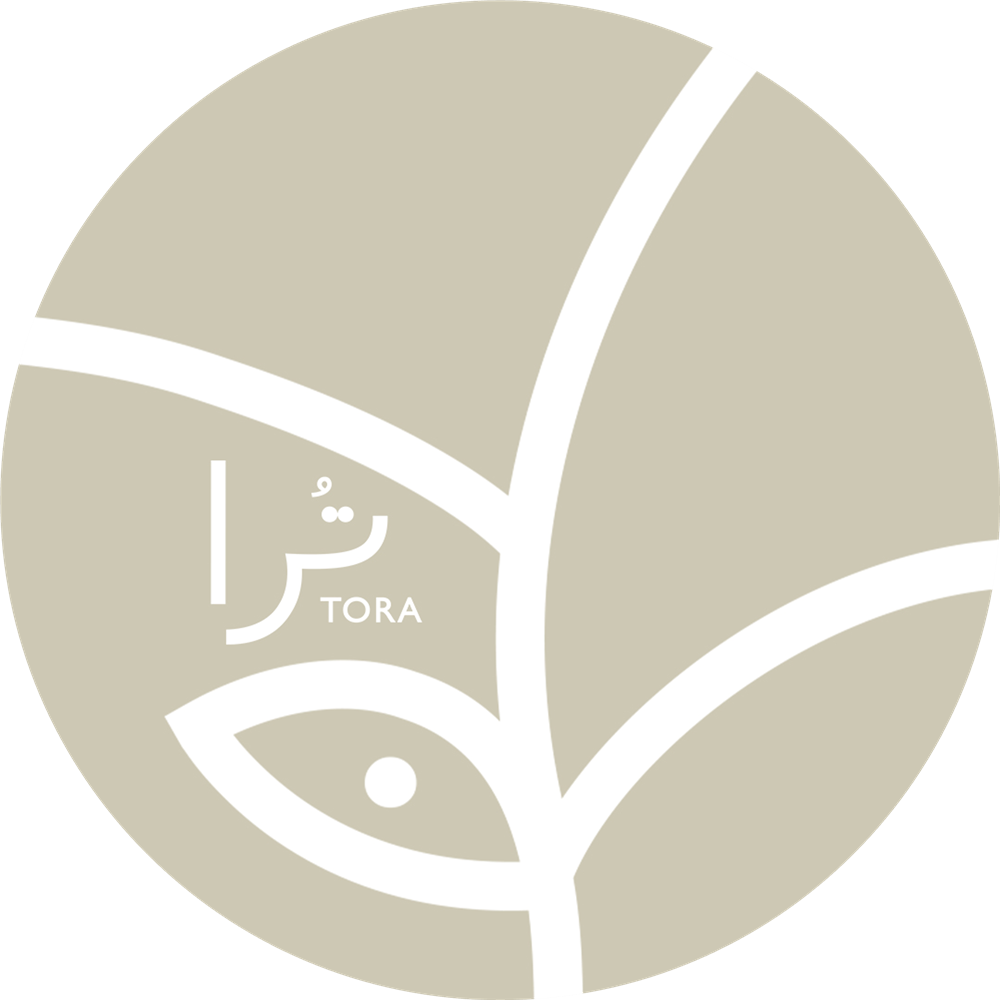
To learn about the benefits of matcha and its vitamin and mineral content
